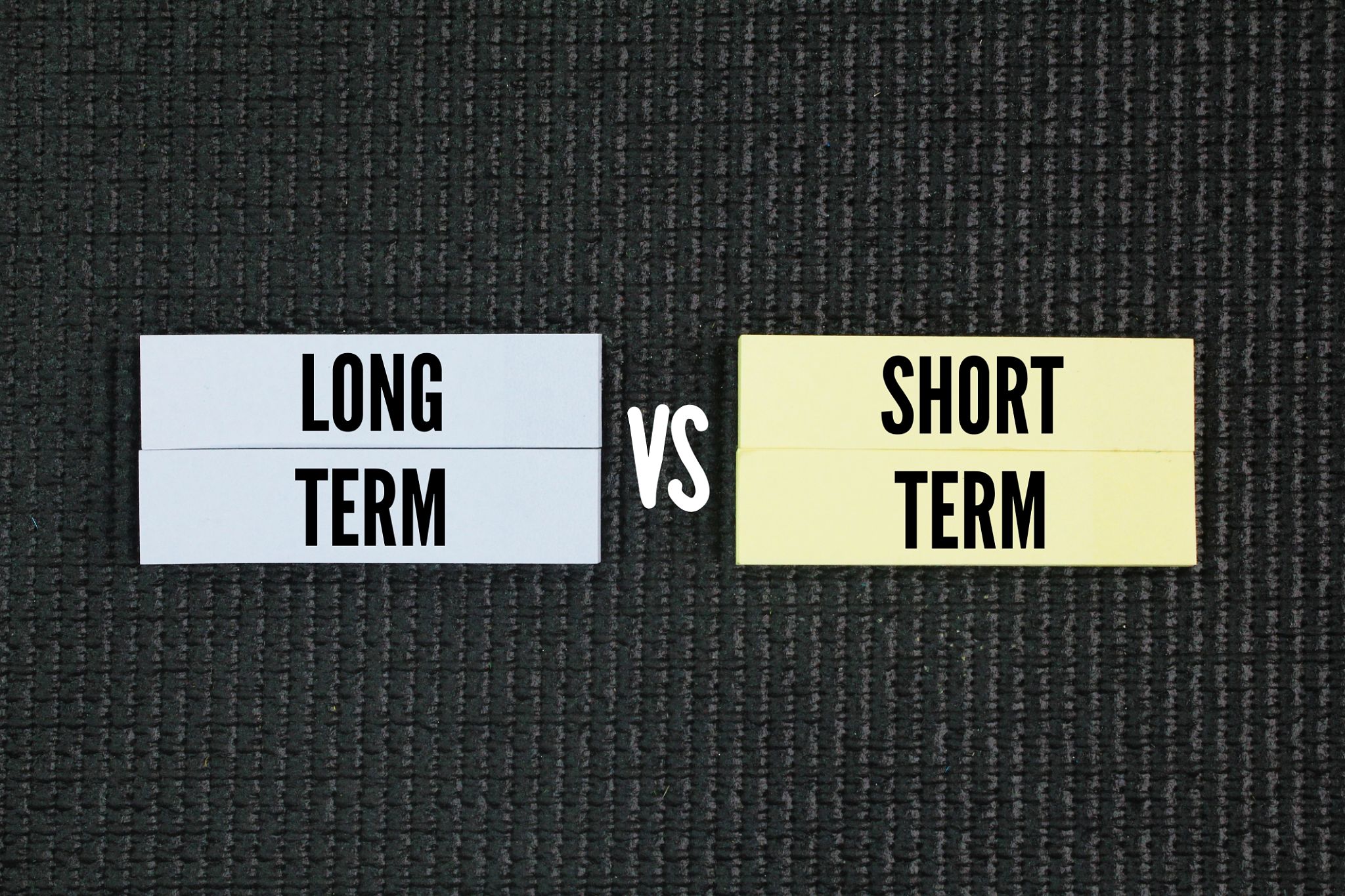How to Finance a Home Flip Project: A Comprehensive Guide for Beginners
Understanding Your Budget
Before diving into a home flip project, it's crucial to have a clear understanding of your budget. Flipping homes can be highly profitable, but it also involves risks and significant financial commitment. Begin by assessing how much you can realistically afford to invest. Consider all potential costs, including the purchase price, renovation expenses, and unexpected contingencies. Create a detailed budget plan to guide your investment decisions and ensure that you have a financial cushion for any surprises.

Exploring Financing Options
Traditional Bank Loans
One of the most common ways to finance a home flip project is through a traditional bank loan. These loans typically offer lower interest rates compared to other financing options. However, they often require a strong credit score and a substantial down payment. It's essential to shop around for the best terms and conditions, as these can vary significantly between lenders.
Hard Money Loans
If you're in need of quick financing or have less-than-perfect credit, consider a hard money loan. These loans are asset-based, meaning they are secured by the property itself. While the interest rates are higher, the approval process is much faster and can be a suitable option if you're looking to move quickly on a deal.

Leveraging Partnerships
Another effective strategy is partnering with investors who are interested in real estate. By pooling resources, you can share the financial burden and also benefit from shared expertise. Establish clear agreements on roles, responsibilities, and profit-sharing to avoid potential conflicts down the line.
Private Lenders
Private lenders can also be an excellent resource for financing your home flip project. These are individuals or groups willing to lend money for real estate investments. While terms are generally more flexible than those offered by banks, interest rates may be higher. Ensure you have a solid track record or business plan to present to potential private lenders.

Utilizing Home Equity
If you already own property, consider using home equity as a financing tool for your flip. A home equity loan or line of credit can provide the necessary funds for renovations. This option usually offers lower interest rates but involves the risk of losing your home if you're unable to repay the loan.
Seller Financing
Seller financing is another creative way to fund your home flip project. This arrangement involves the seller acting as the lender, allowing you to make payments directly to them instead of going through a traditional mortgage lender. It can be an attractive option if both parties agree on favorable terms.
Analyzing Risks and Rewards
Before finalizing any financial decision, it's essential to weigh the risks and rewards. Flipping homes can be lucrative, but it's not without its challenges. Conduct thorough market research to understand current trends and property values in your target area. Ensure that your projected profits align with your financial goals and risk tolerance.

Final Thoughts
Financing a home flip project requires careful planning and strategic thinking. By understanding your budget, exploring various financing options, and leveraging partnerships or existing assets, you can navigate the complexities of real estate investment. Always conduct thorough due diligence and seek professional advice when necessary to maximize your chances of success.